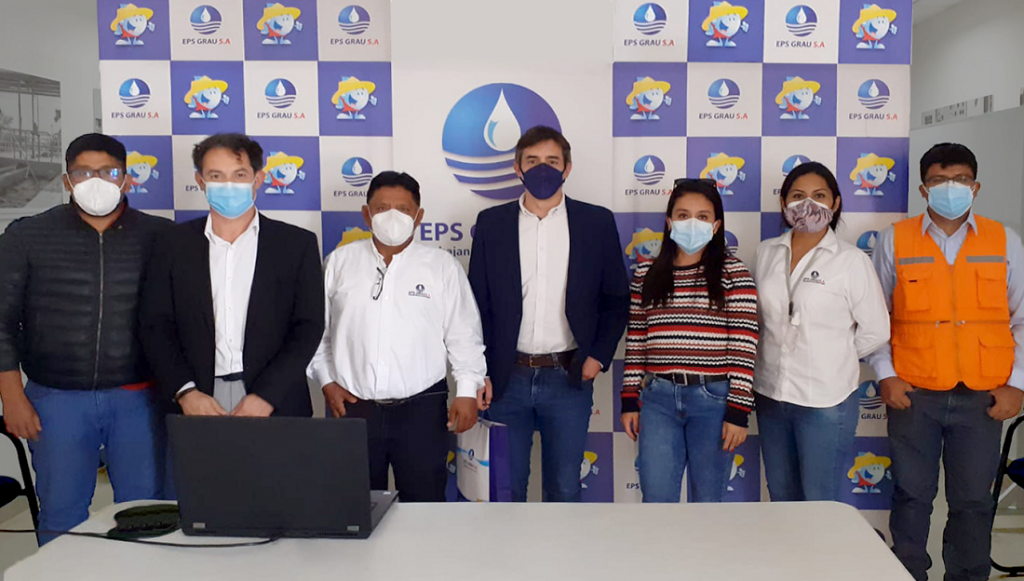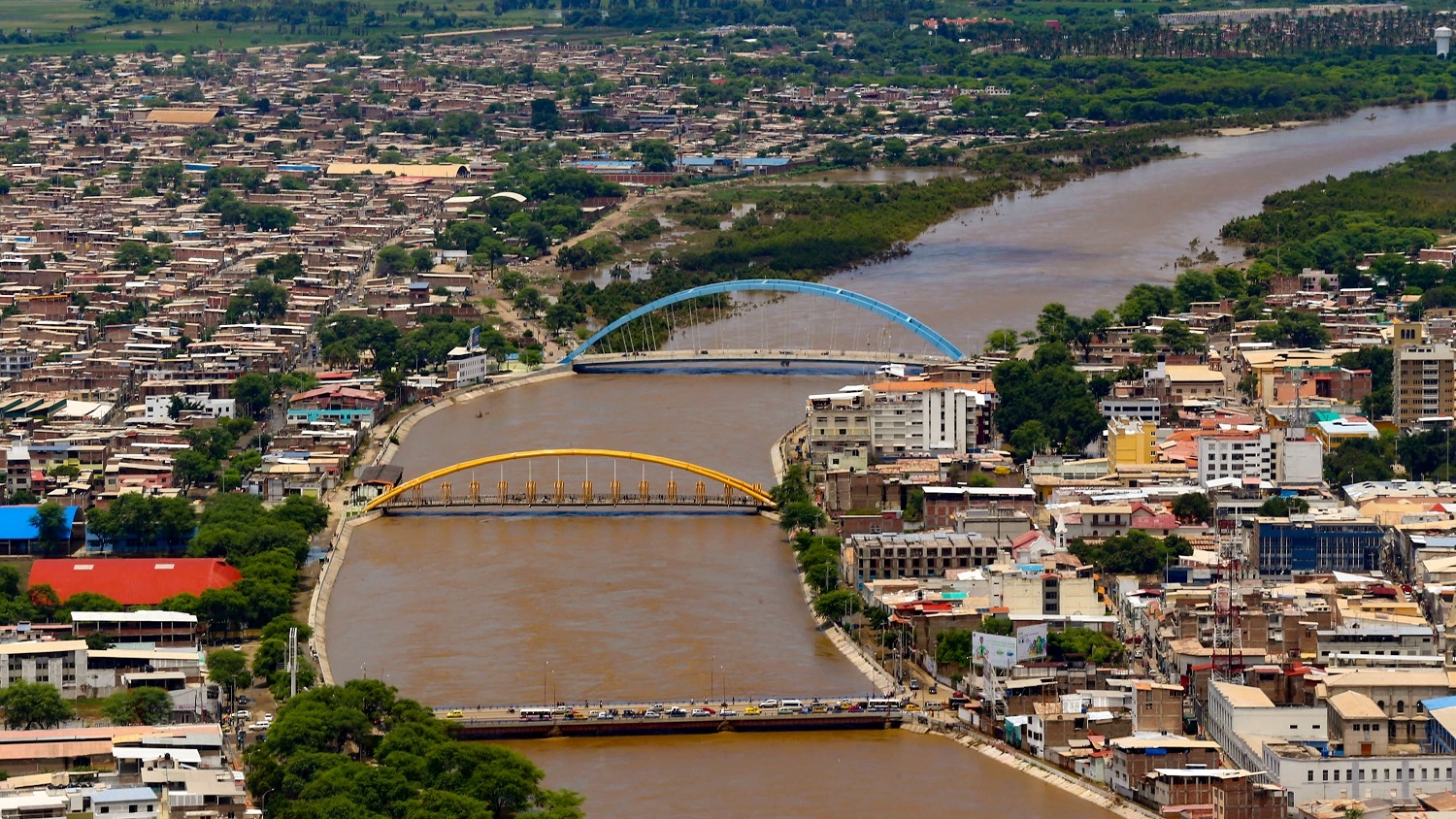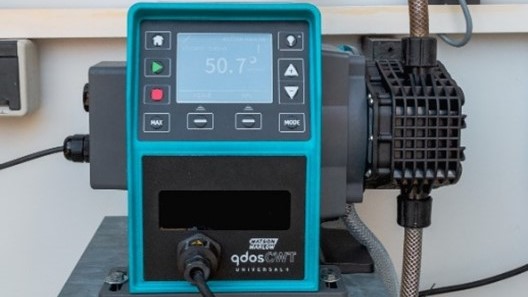A pilot project to reduce drinking water losses in the network operated by EPS Grau, the water supplier in the Piura region of northern Peru, has been successfully conducted over the last few months.
The project has been funded by the Inter-American Development Bank (IDB). In addition to the IDB, the Peruvian Ministry of Housing, Construction and Sanitation and EPS Grau itself are also participating in the initiative, which is part of IDB’s support for the Ministry in a global modernization process that seeks to establish and strengthen the roles and functions of public agencies with different responsibilities, including EPS Grau.
The Spanish-based multinational Idrica was awarded the tender by the Inter-American Development Bank (IDB) to work with the Peruvian water utility. The company has successfully provided a consultancy service to roll out a system which reduces non-revenue water. This was carried out as a pilot project in sector IV of the Piura network.
The project’s timeframe was approximately one year. “The main objective was to support EPS Grau’s staff in classifying, analyzing and monitoring consumption, as well as characterizing water losses and detecting irregularities that prevent them from providing a good service,” said one of the main project managers at Idrica, Francisco Javier Salguero.
To achieve this objective, the GoAigua solution was deployed and the methodology that Idrica is successfully applying to similar systems was implemented. The aim was to boost water efficiency, monitor flow and pressure, and transfer knowledge to EPS Grau’s sales, operation and maintenance departments.

Cutting-edge solutions applied to water management
Idrica implemented its GoAigua FlowSens (Leaks) smart software, which monitors drinking water distribution networks for the early detection of leaks and fraud, using intelligent algorithms. This helped to detect major incidents such as unreported leaks and changes in the sectors’ behavioral patterns during the monitoring and operation phase.
In addition, GoAigua Meter Insights (Smart Metering) was used for the integration, management and advanced analysis of data from different types of meters, and GoAigua Water Twin (Smart SCADA) was deployed to obtain a global vision of the company’s operating status, through the integration of decentralized data and advanced algorithms for decision-making.
As a result of the project, more than 20 events were detected in the sectors, supply tanks and micro-meters analyzed. This, together with EPS Grau’s operations to solve the irregularities which had been discovered, was directly reflected in the amount of unbilled water, which decreased by 15% during the monitoring and operation phase.
Digital transformation, key to improving water efficiency
Reducing non-revenue water (NRW) is one of the main challenges for water utilities. There are many reasons for NRW including unbilled, unmetered, unauthorized and inaccurate metered consumption. It can also stem from leaks in transportation and distribution networks and service connections, or from leaks or overflows in supply tanks.
Deploying a digital, centralized, fully integrated system across the water cycle enhances water efficiency. “After implementing these solutions, some utilities have achieved savings of up to 20% in maintenance costs, 15% in energy costs, 70% in implementation costs, 35% in hydraulic performance improvements and a 60% drop in complaints due to billing errors,” says Salguero.
Six subsidiaries in South America
Idrica’s operations in Peru are part of its internationalization plan in South America which is a priority area for the firm. The Spanish company opened two subsidiaries in Chile and Brazil in 2021. These openings come on top of those in Peru, Mexico, Colombia and Ecuador, which have been operating since 2020.



